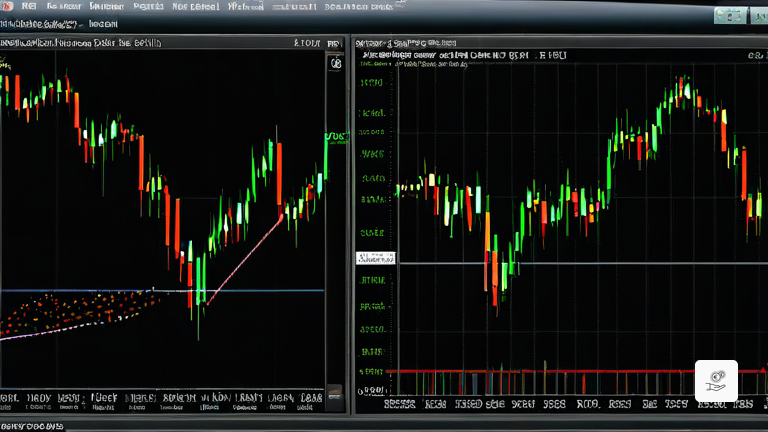The Art of Impulse Trading: Navigating Financial Markets with Success

Discovering the Fascinating World of Momentum Trading
Momentum trading has captured attention in financial circles as an intriguing strategy that can guide traders toward optimal entry and exit opportunities. This tactic, based on analyzing the strength of recent price movements, can yield significant profits for those who can harness it, though it is not without its risks.
Key Concepts of Momentum Trading
Momentum trading focuses on identifying assets with strong momentum, anticipating price movements, and capitalizing on those trends. By recognizing when momentum weakens, traders can lock in profits by closing their positions at the right time.
Historical Origins and Relevant Figures
Momentum trading has a history that stretches back centuries, with figures like David Ricardo and Richard Driehaus marking milestones in its evolution. Today, this strategy is applied across markets, from stocks to commodities to forex.
Key Components for Success in Momentum Trading
Volume, volatility, and time frame are essential factors to consider when embarking on momentum trading. These elements influence liquidity, trading opportunities, and risk management in this style of trading.
Types of Momentum and their Practical Application
Absolute and relative momentum are distinct approaches to assess the momentum of an asset and determine trading opportunities. Understanding and applying these concepts can enhance the accuracy of financial decision-making.
Maximizing Gains with Momentum Trading
Momentum trading provides the ability to identify strategic entry and exit points in the market. By capitalizing on price advances and selling pressure, traders can capitalize on favorable trends and minimize potential losses.
Intelligent Asset Selection for Momentum Trading
Choosing the right assets is crucial to success in momentum trading. Liquidity, news tracking, and observing volume patterns are key elements when selecting financial instruments to trade.
Essential Momentum Trading Indicators and Tools
Moving averages, stochastics, volume balance and other technical indicators are fundamental to confirming momentum before executing a trade. These tools offer valuable insights into the direction and strength of market trends.
Challenges and Rewards of Momentum Trading
Momentum trading presents advantages such as the potential for quick profits and the ability to capitalize on market volatility. However, it also involves risks, such as the need for constant monitoring and the possibility of abrupt changes in momentum.
Advantages and Disadvantages of Momentum Trading
Among the advantages are the opportunity to make significant profits in a short time and to benefit from market psychology. On the other hand, the challenges include the need to dedicate time and the exposure to risks inherent in market volatility.
Frequently Asked Questions about Momentum Trading
Answers to common questions, such as the ideal time to apply momentum trading, the choice of effective indicators, and the importance of graphical patterns in this strategy, offer clarity to those exploring this investment approach.




